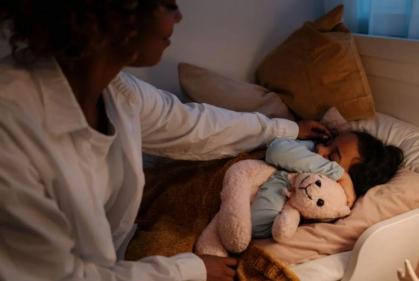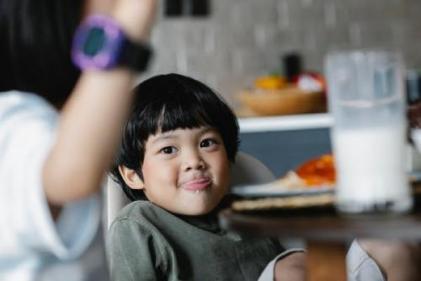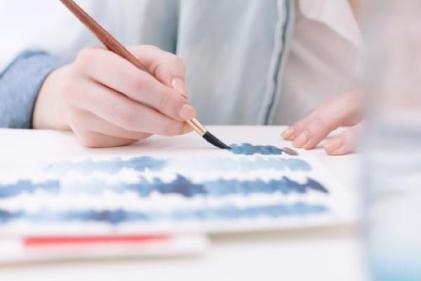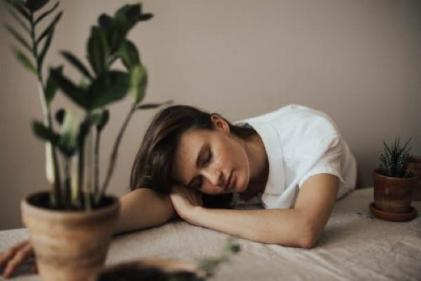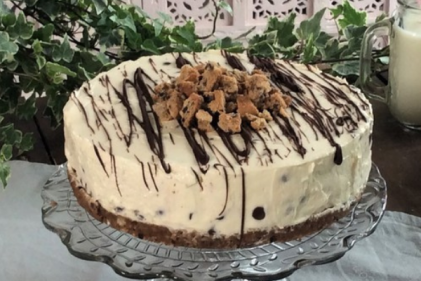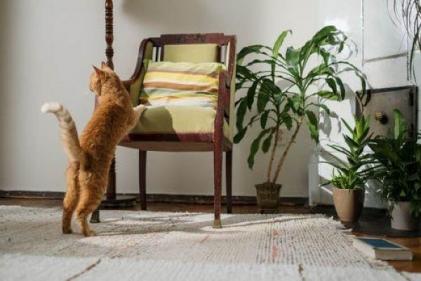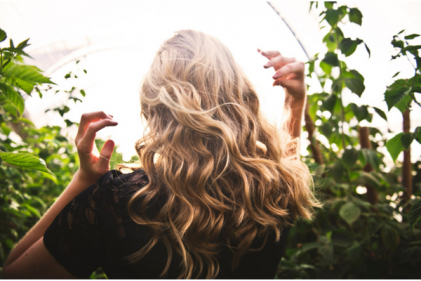There are many conflicting recommendations on how to get rid of head lice and some remedies work better than others.
You must first confirm that your child really does have head lice. Some schools check children for head lice and may falsely report that your child is infected however more often than not, the school will send a note home when another parent advises on the arrival of head lice to their own child. Sometimes there could be scalp residue in the hair and on the scalp that may resemble lice. So, it’s best that you check yourself and make sure you actually spot lice eggs or lice before you start treatment. Particular areas of interest should be above the ears and above the hairline at the back of the head. Use a fine tooth comb to brush to hair.
Head lice are tiny parasitic insects that generally live on the scalp, where they hide in the hair, feed on blood, and lay their eggs which often cause severe itching.
What you need to know:
- They are reddish-brown wingless insects.
- They do not live on pets.
- They feed on human blood 3-4 times daily.
- Head lice can't live off the human host for more than 24 hours.
- Female's can lay up to 100 eggs and require just one mating to be fertilised.
- They are able to reproduce in 10 days and live eggs hatch in 7-10 days.
- Head lice are mainly transmitted by head-to-head contact but can also be spread through the sharing of personal articles.
- Oh and they can't hop, jump or fly.
Several treatments are available:
- Chemists sell lice medicine that is applied to the hair and followed up by a thorough combing with a lice comb that is specifically made to remove lice and eggs from the hair. One such medication is called Full Marks. You apply it to the hair for 10 minutes and it kills the lice and eggs (the egg killing part is important as not all products do this). You should use a fine tooth comb to brush through the hair thoroughly removing the remains of the lice. It is recommended to retreat the hair again nine seven days later to catch any newly hatched lice that may have been missed first time. Such products may not be suitable for young children or babies so always check with the pharmacist first.
- Some parents may want to opt for the mechanical method of removing lice. The chemist medications contain chemicals which many believe can be harmful to children. If you are concerned about using such chemicals, try to eliminate the lice with a lice comb only. This is a tedious treatment that required diligence.
- There are also natural remedies for treating head lice. You can find natural remedies at health food shops, some chemists and online. Home remedies are also popular and range from using olive oil to applying heat with a blow dryer. Everyone has a different one that they swear by. Mostly though, they are made up of things that you could find in the kitchen or bathroom. Almost all are bulked out with thick conditioner. Popular recipes usually include: tea-tree oil, eucalyptus oil, vinegar, olive oil, orange oil, lavender oil. These remedies have not been scientifically proven to work.


